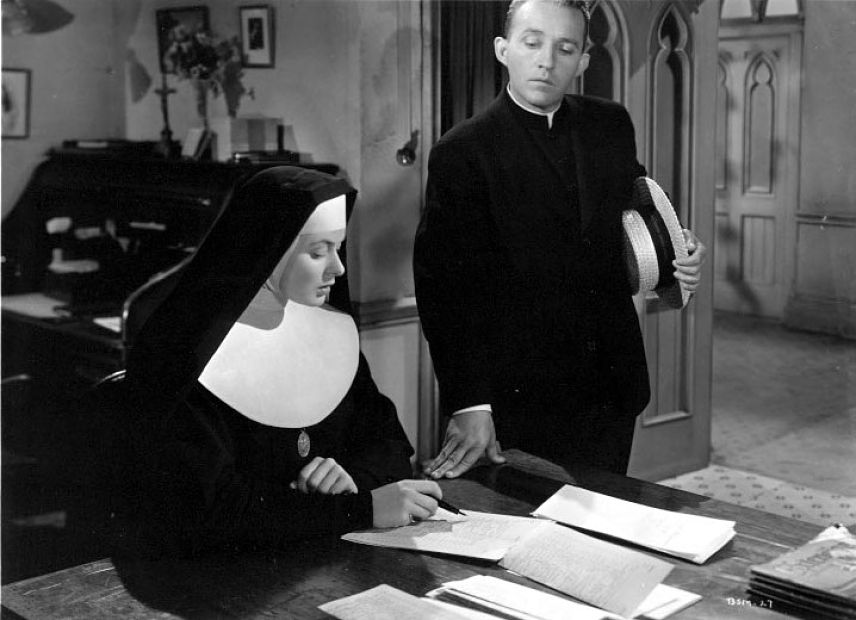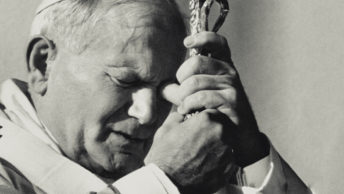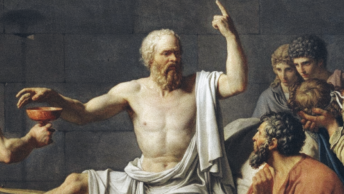It should come as no surprise that the Archdiocese of Philadelphia unveiled a sweeping plan recently to address plummeting Catholic school enrollment that calls for the closing of four high schools and closing and merging 45 elementary schools in June of 2012. The situation across the United States is similar in many dioceses. Since 2001, 97 of New Jersey’s Catholic schools have closed according to the National Catholic Educational Association. Total enrollment has dropped from 275,012 students in 609 Catholic New Jersey schools in 1971 to 106,797 in 327 schools today.
While declining enrollment is a critical issue for the Catholic Church, it is also a concern for the state and local municipalities, which often must bear the burden of educating additional students. Church officials estimate that, since 2001, some 40,000 students have entered New Jersey’s public school system instead of attending Catholic school. Many changes have occurred within the Catholic schools themselves. Today, only 4% of teachers in Catholic schools nationwide are clergy, compared with 13.3% in 1990 and 74% in 1960.
The decline in teaching clergy is due in large part in the drop in the number of nuns. Catholic schools are not required to use state-certified teachers, but they do need to pay faculty salary and benefits, something not required in the past for the clergy. The result is that the average Catholic school tuition has more than doubled since 1990. It has now reached $3,159 per elementary school student and $8,182 per high school student according to the United States Conference of Catholic Bishops.
Complicating the problem is the fact that there are fewer Catholic families in the pews on Sunday resulting in a decline in parish revenue that subsidized the Catholic schools. As a result, many children have been priced out of a Catholic education. In the Archdiocese of Detroit, the enrollment at Bishop Foley High School in Madison Heights is down to 340 students in grades 9 through 12. The annual tuition cost at Foley is $8,200 with an annual financial aid of $1,200. However, this financial aid is partially offset by required sports and science fees. U of D Jesuit High School tuition is up to $10,600 annually. Again, like Bishop Foley, tuition assistance at U of D ranges from $500 to over $6,000. Some Catholic High Schools like the all male Detroit Catholic Central High School will offer tuition for one son at $9,800 and two sons at $18,100. Fees, again, factor in to the total tuition cost with bookstore, computer, and textbooks mounting to over $500. Brother Rice in Bloomfield Hills, Michigan comes in at $10,350 for tuition with fees adding another $300.
The demand for Catholic schools still exists. A 2008 study found that 88% of Catholics like their Catholic schools and think that the schools instill moral values and offer a discipline learning environment. Nationwide, 99% of Catholic high school students will graduate and 97% will go on to college. The U.S. Department of Education pegs the national graduation rate for public high schools at approximately 75%. Many Catholic schools could become charter schools, which would make them eligible for federal aid, but that would mean detaching themselves from religious teaching something that many Catholics oppose.
Nationally we have a situation where the Catholic schools seem to lose no matter what they do. The U.S. birth rate has dropped to the lowest level since national data has been available. The birth rate among women of peak childbearing age has also been declining. Add the fewer number of children to the rising tuition rate and it is similar to the “chicken or egg” debate. Fewer students mean fewer schools and higher tuition. Higher tuition means fewer students. Catholic leaders continue to struggle with the twin issues of affordability and accessibility. Class size is a major factor in many Catholic high schools. At what point does the class size become a detriment to learning?
The Archdiocese of Chicago has come up with structured multiple payment plans to meet individual family needs, including several affordable monthly payment plans. The Diocese of Patterson, New Jersey is attempting to sign up businesses to pay the school for students’ office work performed one day a week. Unfortunately, the future of Catholic schools especially Catholic high schools is not very optimistic. For many Catholic schools, the cost of basic goods and services has risen dramatically. Energy costs alone chew up a major part of any school’s budget. Faculty and staff salaries and benefits are a substantial part of the budget along with utilities and insurance. The Catholic Church is looking at two ways to adapt to the present landscape. One is to cut costs and two is to focus resources through mergers. Mergers can save money through operational efficiencies especially in areas of technology and science programs. There will be no easy answers going forward but, if Catholic schools are worth saving, then there is no better time to start than now.








